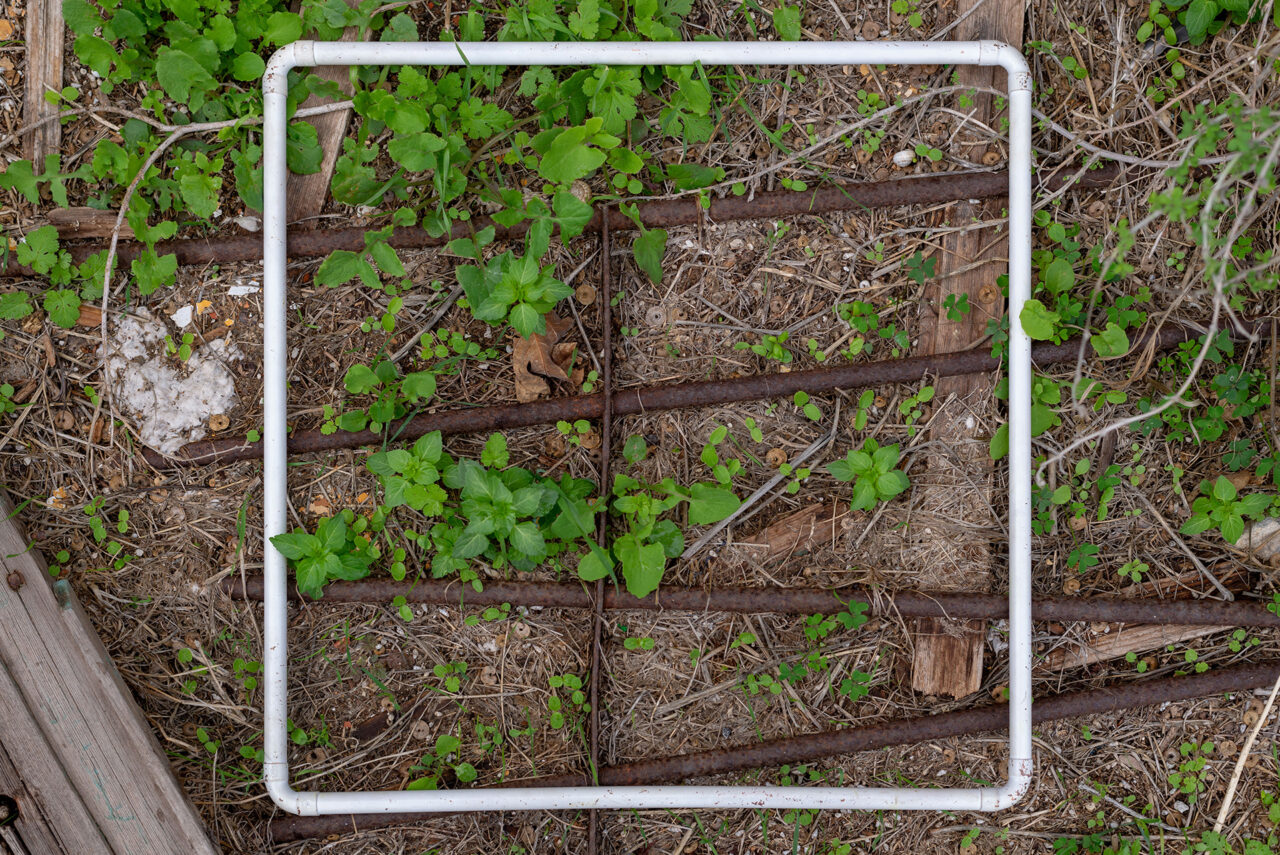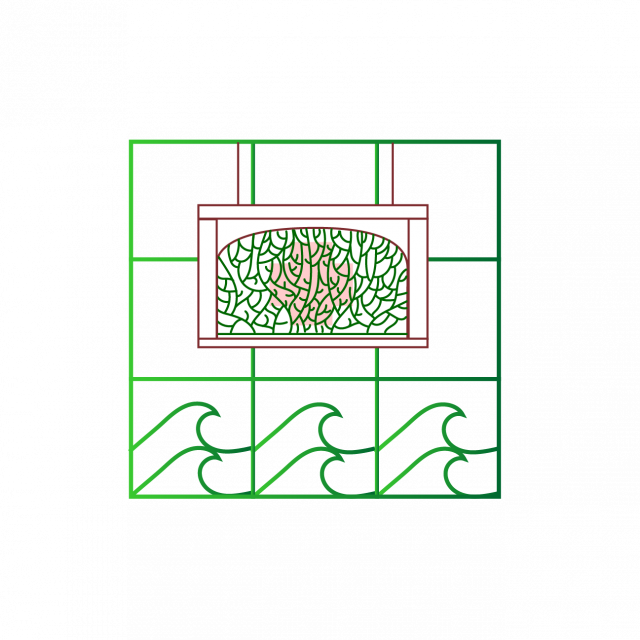
| Temperature | Humidity | Barometric | Moisture | Wind |
|---|---|---|---|---|
| 14° C | 84% | 1011 hPa | 24 km/h |
Lazarretto
The “Lazarretto” found at the edge of Hermoupolis was built in 1841 by the Bavarian engineer Wilhelm von Weiler, and functioned as a decontamination area where preventative quarantines of travelers were imposed, and goods arriving in the port were disinfected so as to limit the transmission of the plague and other serious diseases. There, travelers arriving in Hermoupolis from countries which had serious endemic diseases were isolated there. Over thirty apartments were equipped for the total isolation of these travelers, accompanied by buildings that provided for everything they might need during their stay: doctors offices, kitchens, administrative offices, etc. The buildings were surrounded by an inner courtyard which served as a recreation area for those staying in the lazaretto.
The lazarretto was first used as a place of quarantine, and then of refuge, as a prison, and even as a psychiatric asylum. Today, its buildings are in a state of disrepair; as is the case in all such situations, vegetation has begun to take over again. Plants, and mainly alfalfa shrubs, have spread throughout the ruins. In the courtyards, on the walls behind the clusters of alfalfa, the signatures of the gendarmes who worked at the lazaretto remain engraved. The ways in which plants have begun to claim the area again emphasizes the ephemerality of human activity and both the resilience and adaptability of plant communities.
Source: syrostoday.gr
